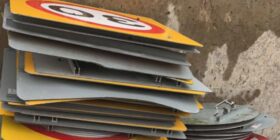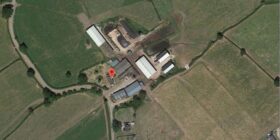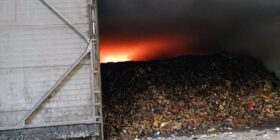Mold Cape Returns To Wrexham Museum
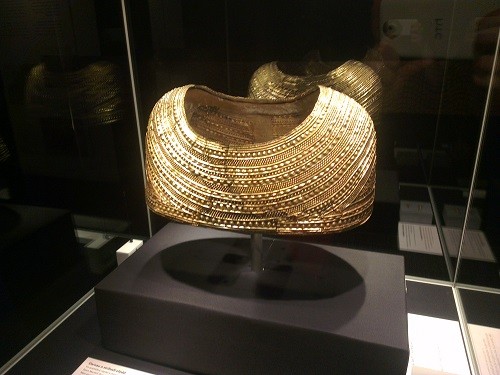
The historic Mold Cape has made its return to the Wrexham County Borough Museum.
The ‘Capes, Beads and Burials’ exhibition opens to the public tomorrow morning at 10am and will be on display in the Wrexham Museum for the next six weeks. Usually the cape is on display in the British Museum in London, however we like to think that they ‘borrow’ the cape from us.
The cape itself dates back to the early Bronze Age and is believed to be between 3,600 to 3,900 years old. It was discovered by workmen digging stone from a stone cairn near Chester Road in Mold in 1833.
Over the years research into the cape and its significance have been ongoing. It is now believed that it dates back somewhere between 1900 and 1600BC during the Early Bronze Age.
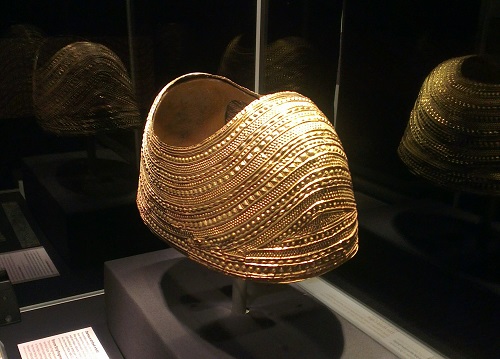
This summer’s exhibition is only the second time the complete reconstructed cape has returned to North East Wales. Last time it was here in 2005, the cape attracted over 11,000 visitors. Exhibit Officer John Gammond said: “Hopefully this time even more people will come and see it.”
The exhibition will also reveal for the first time the results of research into the cape and its place and significance within wider understanding.
One thing we were quite surprised at was the actual size of the Mold Cape. We weren’t entirely sure what to expect when we popped to the museum, and were surprised to find the cape was a lot larger than we originally thought! Believed to be designed for female use, the cape itself is so thin and delicate that it had to be delivered to the museum in a special crate with plenty of packaging to ensure that it didn’t break on its journey to Wrexham.
As well as the cape itself, there is also a replica of the equipment that was used to design and imprint the pattern onto the object. Interestingly, there is also a small block of gold next to it, which indiactes how little gold was used to make the cape. John Gammond explained to Wrexham.com that the gold was crushed and flattened, so it didn’t really require a great deal of gold to make. In fact the cape was made from a gold ingot the size of a ping-pong ball.
Alongside the ‘Capes, Beads and Burials’ exhibition, the museum also has a lot of activities going on over the next six weeks, including an event on Bronze Age and also a museum sleepover for families.
The Cape, and other artefacts will be available to visit until Saturday September 14th.
Fun Facts about the Mold Cape:
- The Mold Cape is one of several Bronze Age finds that were discovered locally, along with the Caergwrle Bowl, the Lady of Llong necklace, the Burton and Rossett Hoards and the Ysgeifiog Torc.
- The gold in the Mold Cape contains a high amount of naturally occurring silver. In the future, it may be possible to the locate the source of the gold in the Cape from its chemical composition.
- Experts originally believed the Cape was a corselet – a kind of breast-plate worn under the arms. Later, they thought it might have been a peytrel – a decorative piece of horse furniture.
- The decoration of the cape is designed to represent beads. Necklaces made from amber and jet beads were popular in the early Bronze Age. One such necklace was found in a barrow south-east of Mold near the hamlet of Llong.
- North-East Wales was at the centre of a busy trade route during the Neolithic and Bronze Age periods (4,300 – 800BC), with stone axes and flints, later copper, gold, jet and amber all passing through the region.
Spotted something? Got a story? Email [email protected]




